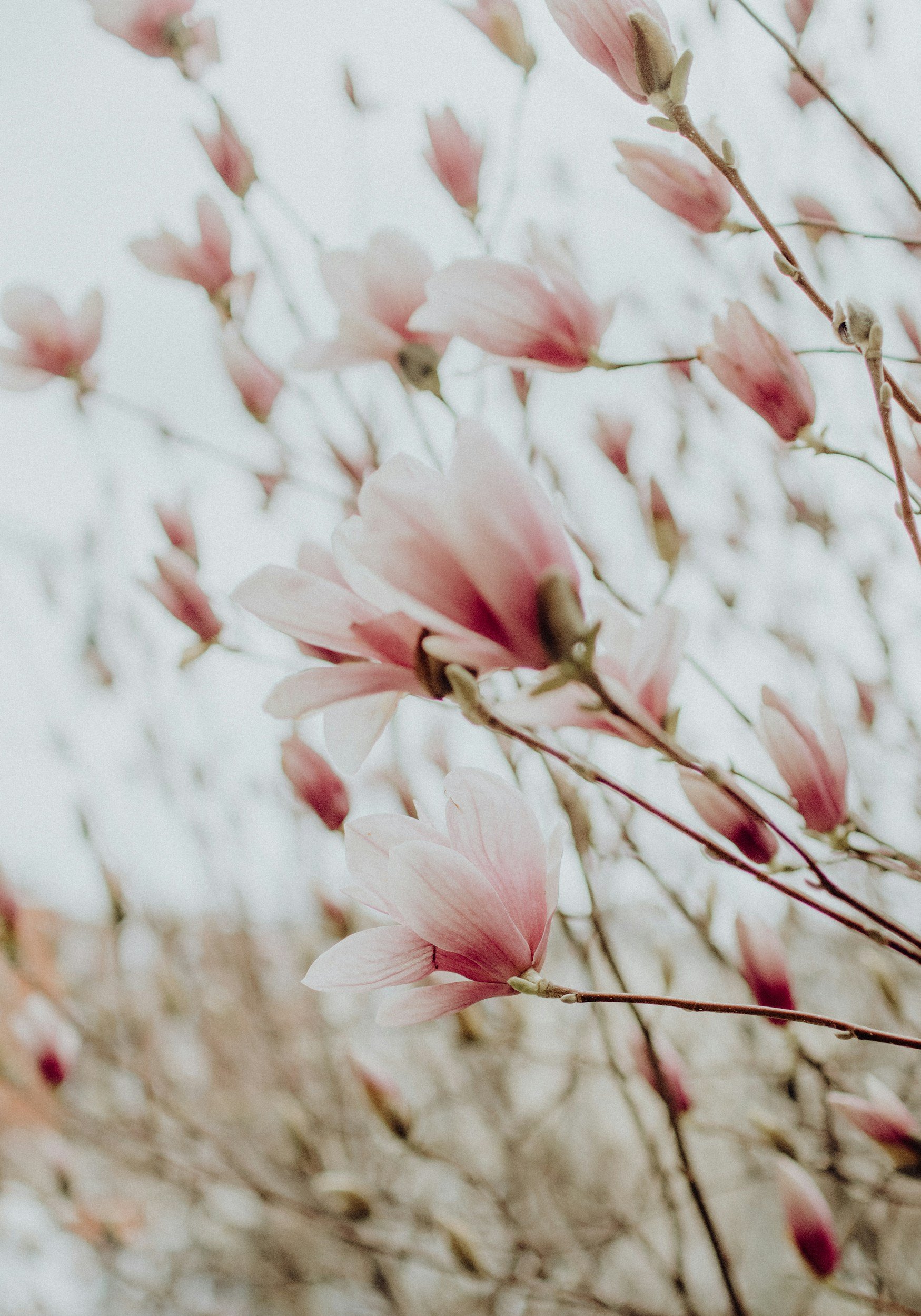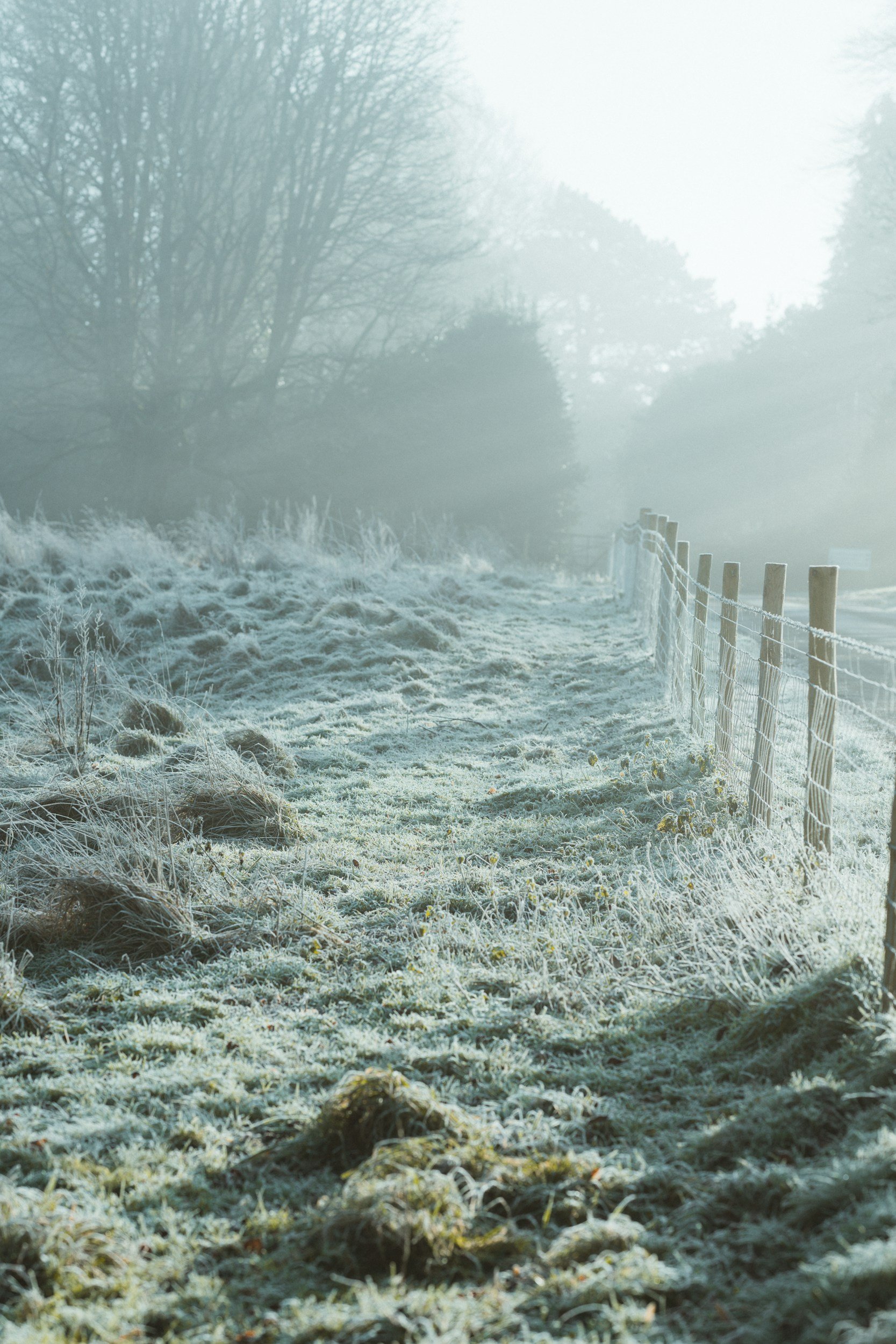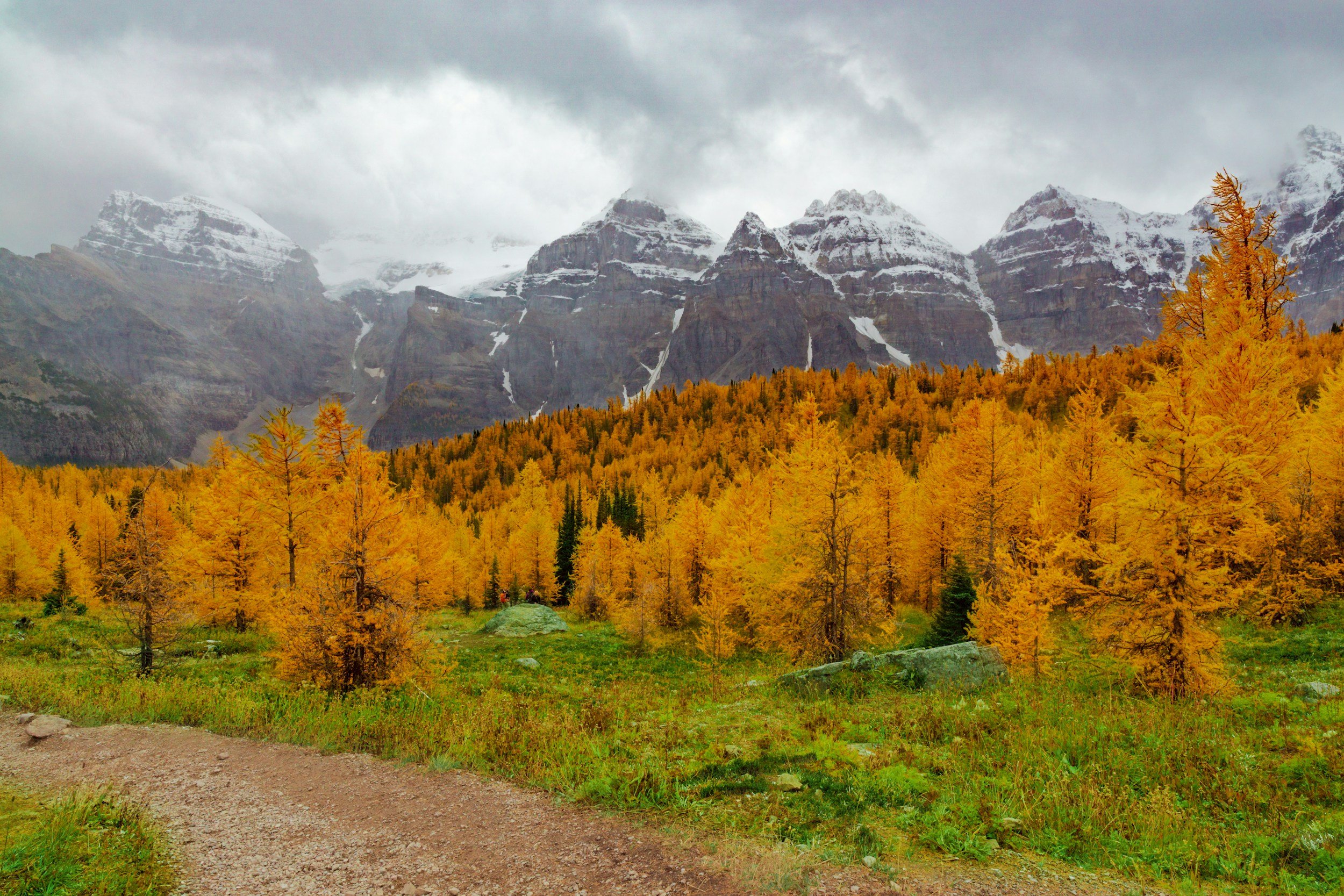
Waldorf Seasonal Events
1. Michaelmas (Fall Equinox, Late September)
Michaelmas celebrates courage, inner strength, and the triumph of light over darkness as the days grow shorter in autumn. The festival honors Archangel Michael, the protector, and the symbolic battle against the inner "dragons" of fear and doubt. Activities include plays about St. George and the dragon, harvesting crops, baking dragon bread, and engaging in games that emphasize strength and bravery.
2. Lantern Walk (Early to Mid-November)
The Lantern Walk is a cherished Waldorf tradition celebrating the Martinmas Festival, inspired by St. Martin, known for his humility and acts of kindness. Children craft lanterns, symbolizing the inner light we carry through the dark winter months. Families and children gather at dusk for a procession, singing seasonal songs while walking with their handmade lanterns.
3. Advent Spiral (Late November/Early December)
The Advent Spiral marks the beginning of the Advent season, focusing on the inner journey of light in preparation for the winter solstice and Christmas. A spiral of evergreen boughs is created, symbolizing life and renewal. Children walk the spiral one by one, lighting a candle in the center and then placing their lit candle on the path as they exit. The glowing spiral represents bringing light to the darkness.
4. Winter Fair (December)
The Winter Fair is a joyful community event celebrating the season with handmade crafts, food, music, storytelling, puppet shows, and other festive activities. Often associated with fundraising for the school, the fair highlights the magic of the winter season with activities like candle-dipping, fairy caves, and seasonal treats.
5. May Day Festival (May 1)
May Day celebrates the arrival of spring, honoring the renewal of life and nature's abundance. Festivities often include weaving flower crowns, dancing around the Maypole, singing, and playing outdoor games. This vibrant event emphasizes connection to the earth and the celebration of vitality and beauty.
6. Harvest Festival (Late September/Early October)
This festival celebrates gratitude for the earth’s bounty and the gifts of the harvest season. Children and families participate in seasonal crafts, baking, and sharing foods made from the harvest. Storytelling and songs of gratitude for the cycles of nature are often featured.
7. Candlemas (February 2)
Candlemas honors the midpoint between the winter solstice and spring equinox. It symbolizes the increasing light and hope of spring’s approach. Activities include making candles and celebrating through quiet, contemplative activities that reflect on the renewal of life and light.
8. Spring Festival (March/April, Around Easter)
The Spring Festival aligns with themes of renewal, growth, and new life. While often tied to Easter traditions, it is non-denominational in Waldorf settings and celebrates the emergence of spring. Activities may include egg-dyeing, flower planting, and seasonal storytelling or puppet shows about awakening and renewal.
9. St. John’s Festival (Summer Solstice, Late June)
St. John’s Festival celebrates the height of summer and the longest day of the year. It emphasizes themes of purification and transformation as the peak of light transitions into the waning of days. Bonfires are often lit as a symbol of light, and songs, dances, and outdoor gatherings are central to this festival.

“What I love most about these festivals is how they reflect the changes we see in nature and within ourselves. They remind us that every season has its purpose: the quiet rest of winter, the blooming renewal of spring, the abundant energy of summer, and the grounding gratitude of fall. These rhythms have become anchors in our lives, teaching us to live with intention and connection—not just to the earth but to each other.”

